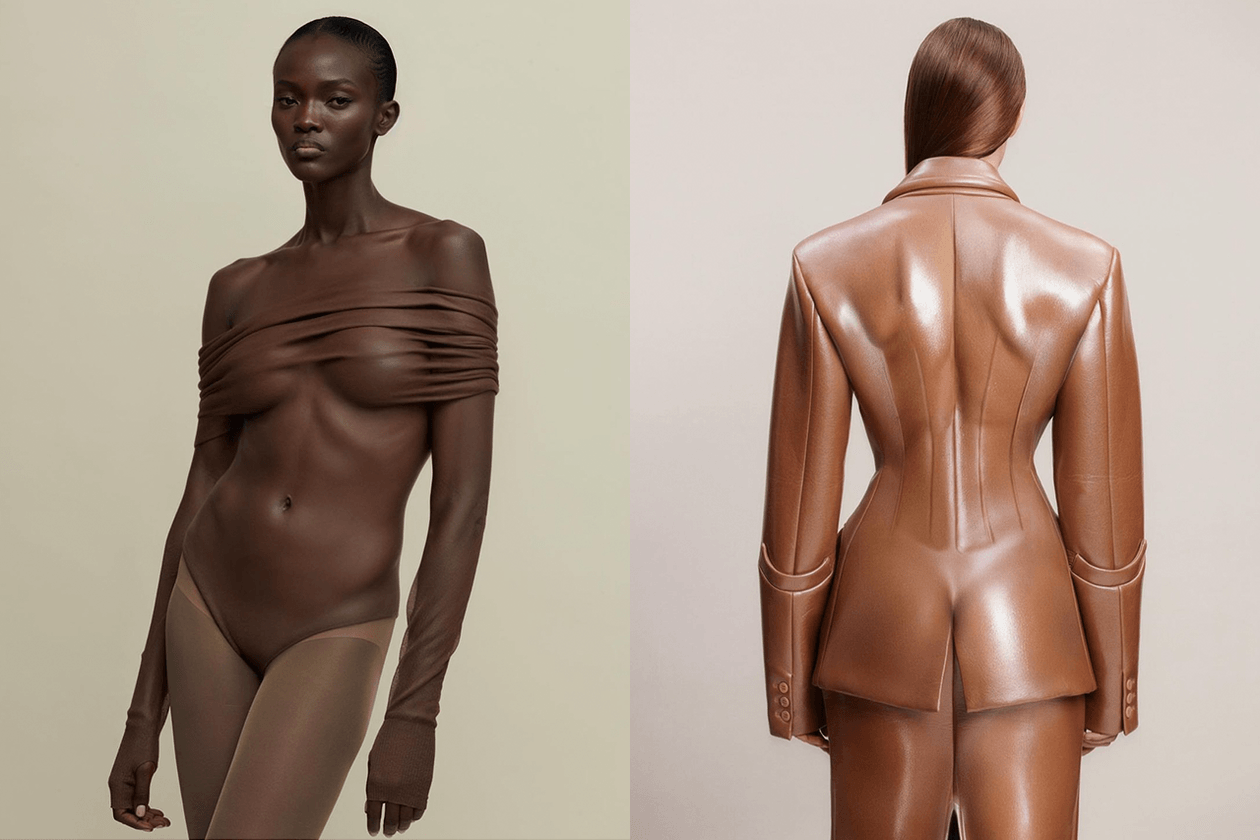Technology has revolutionized every aspect of our lives, including the fashion industry. From designing and manufacturing to retail and marketing, the fashion industry has been transformed by the latest technological advancements. In this article, we will explore the role of technologies in the fashion industry and how they are shaping the future of fashion.
Designing with 3D Printing and Virtual Reality
3D printing and virtual reality have brought a major change in the designing process of the fashion industry. Designers can now create intricate designs and patterns on a digital platform before turning them into physical garments. This not only saves time but also allows designers to experiment with new styles and techniques.
Virtual reality has also made it possible for designers to create realistic prototypes of their designs. They can test the fit, texture, and appearance of the garments before making them. This technology has not only helped in the design process but also in the production process.
Manufacturing with Automation and Robotics
Automation and robotics have transformed the manufacturing process of the fashion industry. With the help of these technologies, garment production has become faster, more efficient, and less labor-intensive. This has also reduced the cost of production, making fashion more accessible to people across the globe.
Robots are now used to sew, cut, and iron fabrics. Automation has also enabled manufacturers to produce garments in bulk without compromising on the quality of the finished product. This technology has not only improved the production process but also made it possible to manufacture sustainable and eco-friendly garments.
Retailing with E-Commerce and Augmented Reality
E-commerce has revolutionized the way people shop for fashion. Online shopping has made it possible for customers to browse through a vast collection of garments from the comfort of their homes. They can now purchase their favorite fashion items with just a few clicks.
Augmented reality has also enhanced the online shopping experience. With this technology, customers can try on clothes virtually before making a purchase. This not only helps in reducing the number of returns but also improves customer satisfaction.
Marketing with Social Media and Influencer Marketing
Social media has transformed the marketing strategy of the fashion industry. Platforms like Instagram and Facebook have become a hub for fashion influencers and bloggers who promote the latest trends and styles. Brands can now reach a wider audience through these influencers who have a massive following on social media.
Influencer marketing has become a popular way for brands to market their products. Fashion influencers can promote a brand’s products through their social media channels, which not only increases brand awareness but also drives sales. This form of marketing has become a lucrative business for influencers, who earn a living by promoting products on social media.
Sustainability and Technology
Sustainability is a major concern for the fashion industry. The fashion industry is one of the biggest polluters, and the increasing demand for fast fashion has made the situation worse. However, technology has played a significant role in making fashion more sustainable.
Sustainable materials like recycled polyester and organic cotton are now being used in garment production. Digital printing has also reduced the amount of water used in the printing process. Robotics and automation have reduced the amount of waste generated during the production process. Smart technology is also being used to track the supply chain of garments, ensuring that they are ethically produced.
The Future of Fashion
The role of technology in the fashion industry is only going to increase in the future. As the demand for sustainable and ethical fashion grows, technology will play a major role in making it a reality. Smart technology like the Internet of Things (IoT) will be used to track the lifecycle of garments, making it easier for customers to recycle and dispose of them.
Virtual reality and augmented reality will also play a major role in the future of fashion. Customers will be able to try on clothes virtually and create their own designs.
![]()





